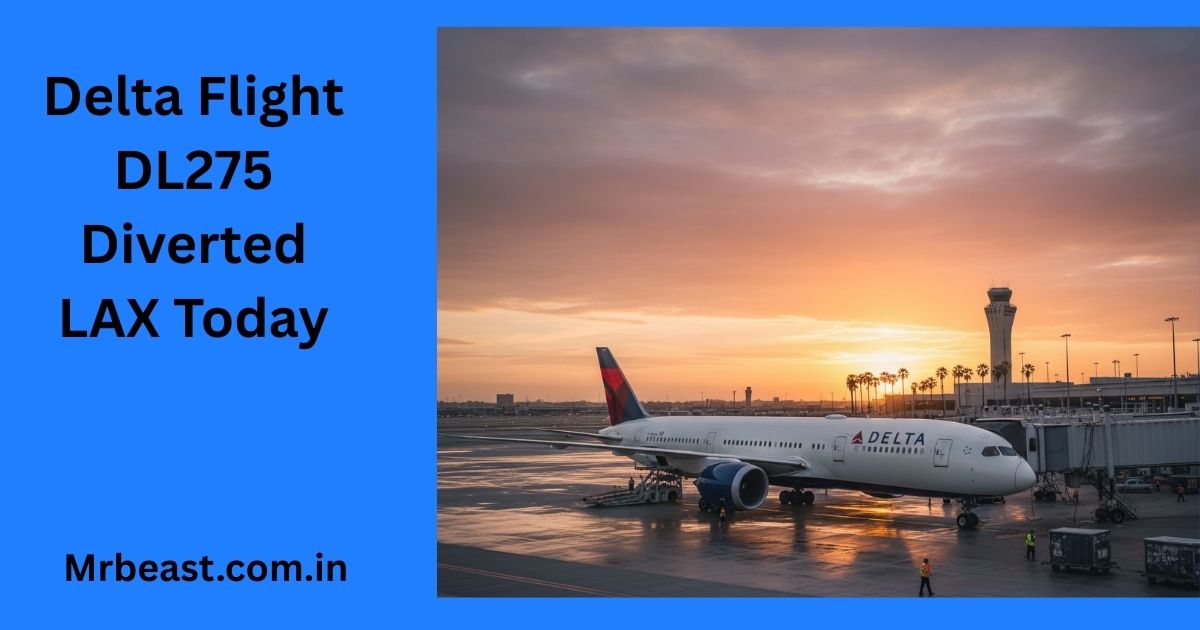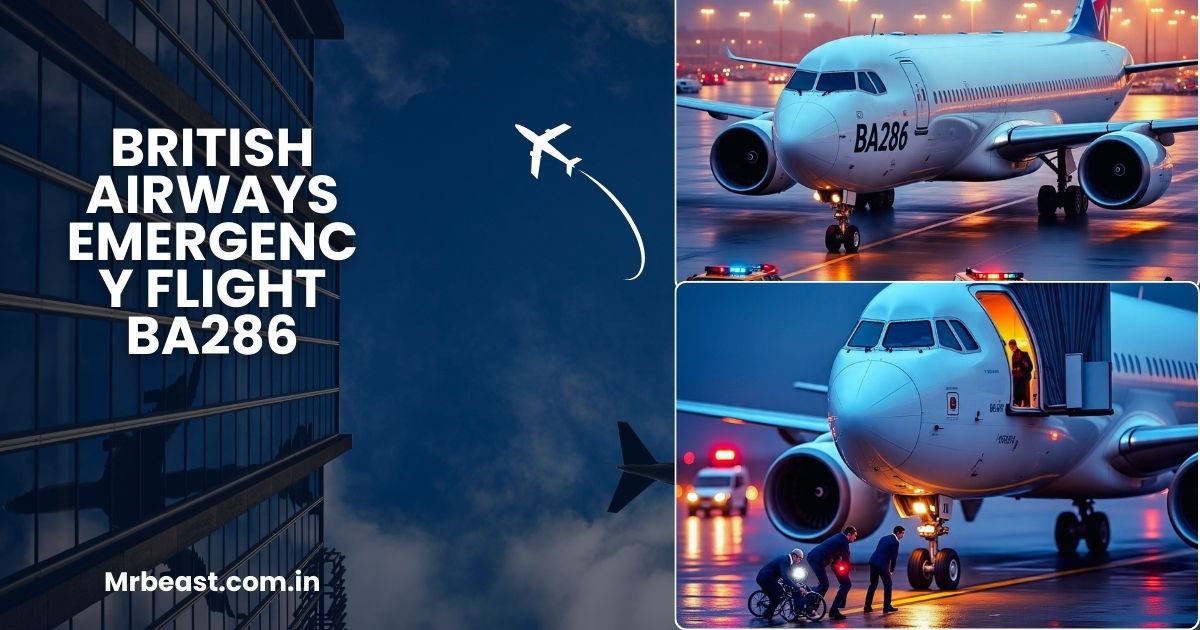Air travel involves a wide range of classifications, from passengers to airline staff, and among them, the “flight crew traveller type” plays a vital role. To understand this term clearly, we need to explore how airlines, aviation authorities, and travel systems categorize different types of travellers. While regular passengers book flights through traditional channels, a flight crew traveller type refers to airline employees—particularly pilots, flight attendants, and operational staff—who travel under specific arrangements, often distinct from regular passengers.
In this article, we will explore what “flight crew traveller type” means, its importance in aviation, the privileges and restrictions involved, and how it fits into modern airline operations.
Understanding the Concept of Traveller Types
In the aviation industry, all passengers and staff onboard an aircraft are categorized into types for operational, safety, and administrative reasons. Traveller types can include:
- Revenue passengers – Individuals who pay for a ticket.
- Non-revenue passengers (Non-revs) – Airline employees or their families traveling on staff privileges.
- Flight crew – Pilots, flight attendants, and other certified crew members required for safe operation.
- Positioning crew – Staff traveling to another airport to operate a scheduled flight.
When airlines mention “flight crew traveller type,” they are generally referring to crew members traveling either on duty or as part of their job requirements.
For more context on aviation crew members, see Flight crew.
Who Belongs to the Flight Crew Traveller Type?
The term flight crew traveller type usually includes:
1. Pilots
Captains and first officers (co-pilots) responsible for flying the aircraft.
2. Flight Attendants
Cabin crew members who ensure passenger safety, security, and comfort during flights.
3. Relief Crew Members
On long-haul flights, additional pilots and attendants may be included to relieve the primary crew.
4. Deadheading Crew
Sometimes crew members travel as passengers (known as “deadheading”) to another airport so they can operate a flight from there. Though they are seated like passengers, their traveller type is still classified as crew.
The Importance of Flight Crew Traveller Type in Aviation
Categorizing travellers is not just for record-keeping. For crew members, their traveller type ensures:
- Security clearance – Flight crews go through different security checks compared to passengers.
- Immigration processing – Many countries have special entry procedures for airline crews.
- Operational readiness – Airlines must always know where their crew members are for proper scheduling.
- Seating arrangements – Deadheading crew may need guaranteed seating to reach their assigned flights.
This classification helps keep airline operations smooth and prevents delays.
Flight Crew Traveller Type vs Regular Passenger
There are significant differences between a flight crew member traveling and a regular passenger:
- Ticketing – Crew members usually do not pay for tickets when traveling on duty.
- Identification – Crews carry special airline IDs and licenses.
- Access – They may have access to crew-only areas at airports.
- Baggage – Crew baggage allowances often differ, especially when traveling in uniform.
- Boarding priority – Deadheading crew are sometimes prioritized to ensure they reach their next duty.
Why Airlines Need to Track Traveller Types
Airlines operate under strict regulations from aviation authorities. Identifying traveller types is crucial because:
- Flight safety requires knowing how many crew members are available in case of emergencies.
- Immigration laws demand crew lists separate from passenger manifests.
- Crew scheduling depends on accurate tracking of movements.
Without such classification, airline operations could become chaotic.
Systems That Record Traveller Type
Most modern airlines use Passenger Service Systems (PSS) and Crew Management Systems (CMS). These digital platforms automatically categorize each individual. When a boarding pass is issued for a flight crew traveller, it is different from that of a paying passenger. This allows immigration, security, and airport staff to handle them appropriately.
Flight Crew Traveller Type in International Travel
When traveling internationally, flight crew members often experience:
- Expedited immigration lines – Some airports have dedicated crew lanes.
- Visa exemptions – In many cases, crew members do not require visas if they are on duty.
- Rest accommodations – Airlines may arrange layover hotels specifically for crew.
However, rules differ from country to country. For example, in the United States, crew members need special C-1/D visas if they are not citizens or permanent residents.
Advantages of Being a Flight Crew Traveller Type
Flight crew traveller type comes with several advantages:
- No ticket cost when traveling for work.
- Priority boarding and access to crew facilities.
- Special immigration handling.
- Opportunities to travel worldwide as part of their profession.
Limitations Faced by Flight Crew Traveller Type
Despite the perks, there are restrictions too:
- Crew members must comply with duty hours and rest requirements.
- They cannot always choose their travel schedules freely.
- Deadheading crew often must travel in uniform, which limits personal freedom.
- Security checks can still be strict, especially in high-alert airports.
Misconceptions About Flight Crew Traveller Type
Some people assume that flight crew always travel luxuriously. In reality:
- Deadheading crew may travel in economy class.
- They may not have access to inflight services like passengers.
- Their purpose of travel is duty-related, not leisure.
Thus, their traveller type is professional, not recreational.
Role in Emergency Situations
If an emergency occurs during a flight, off-duty or deadheading crew are still considered valuable resources. Airlines classify them separately so they can be called upon if needed. For example:
- Extra pilots may assist in emergencies.
- Flight attendants can help passengers during evacuations.
The Future of Traveller Type Classifications
As digital identity systems advance, airlines may integrate biometric recognition for both passengers and crew. This could make flight crew traveller classification more automated and reduce paperwork. Blockchain-based crew passports are also being discussed in aviation circles for added security.
Conclusion
The concept of flight crew traveller type is essential in modern aviation. It ensures operational efficiency, regulatory compliance, and passenger safety. While it brings privileges like fast immigration and ticket-free travel, it also imposes strict duty-related limitations. Ultimately, distinguishing between crew travellers and regular passengers is what allows airlines to function smoothly across borders.
In short, the flight crew traveller type is more than just a classification—it represents the people who keep global air travel running every day.










